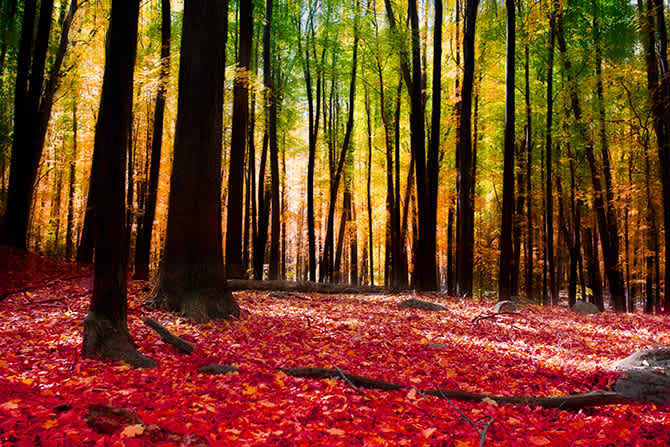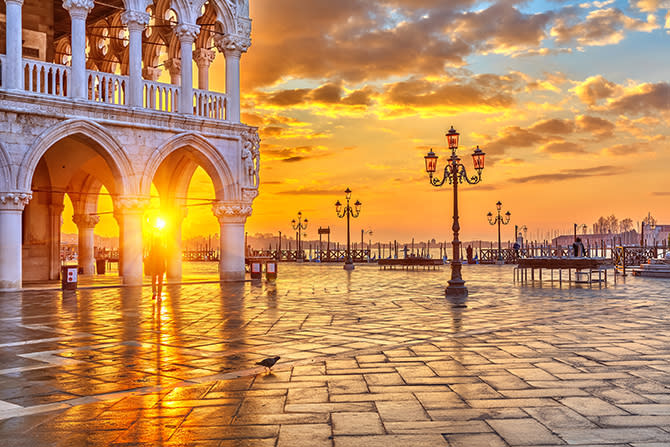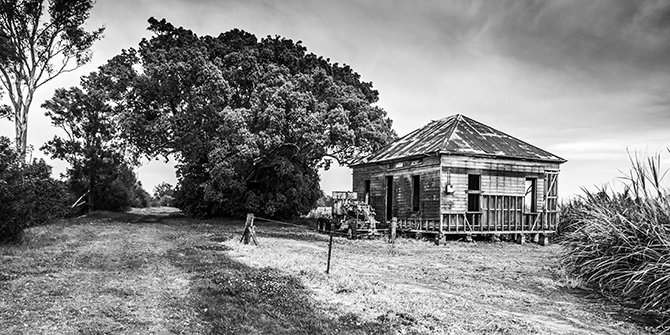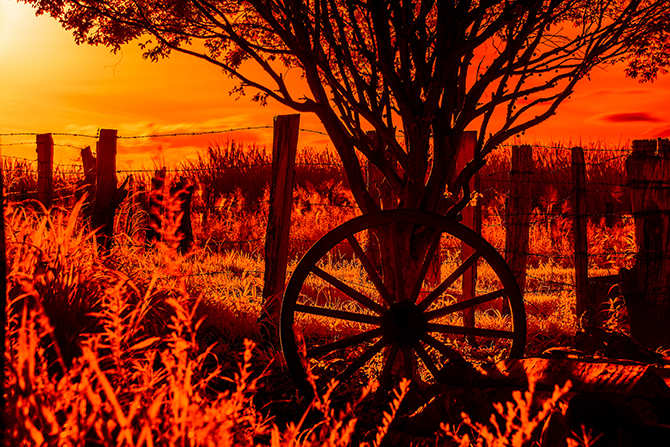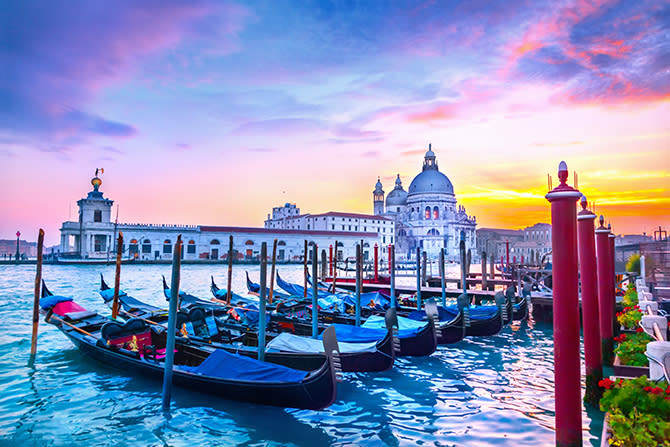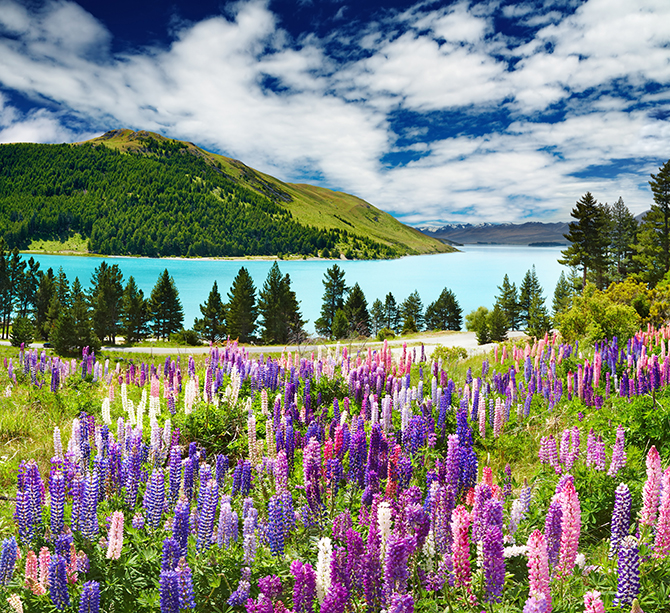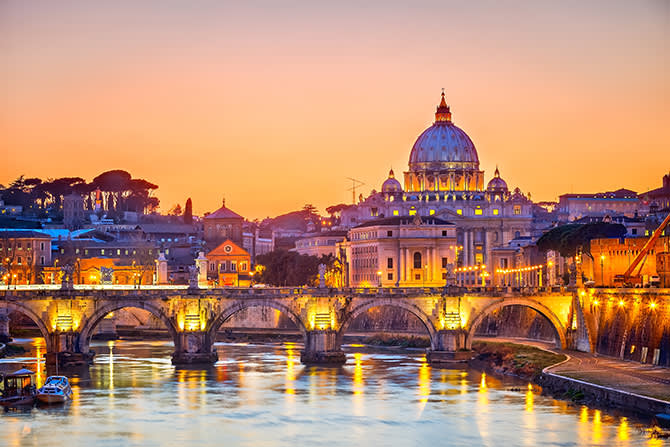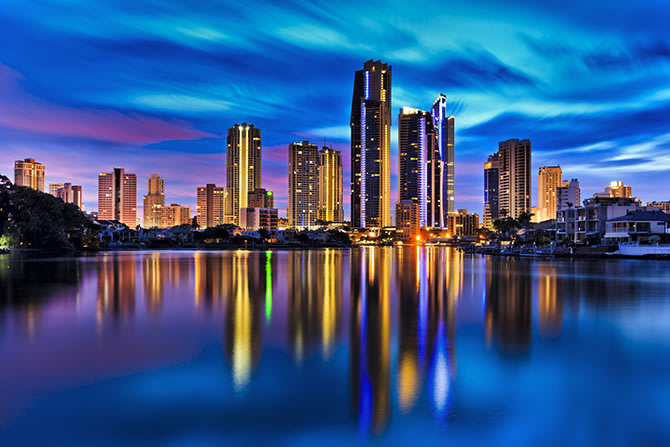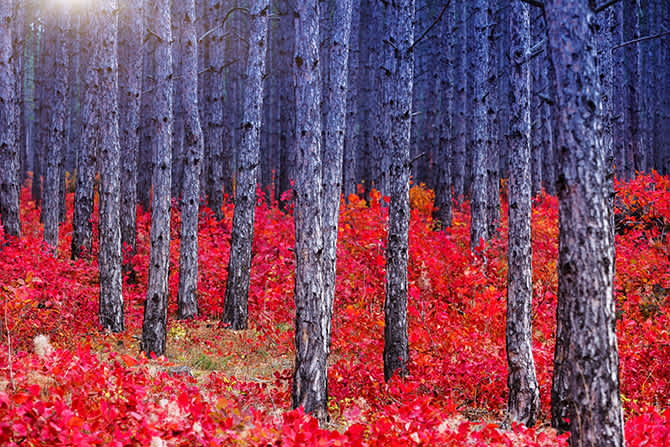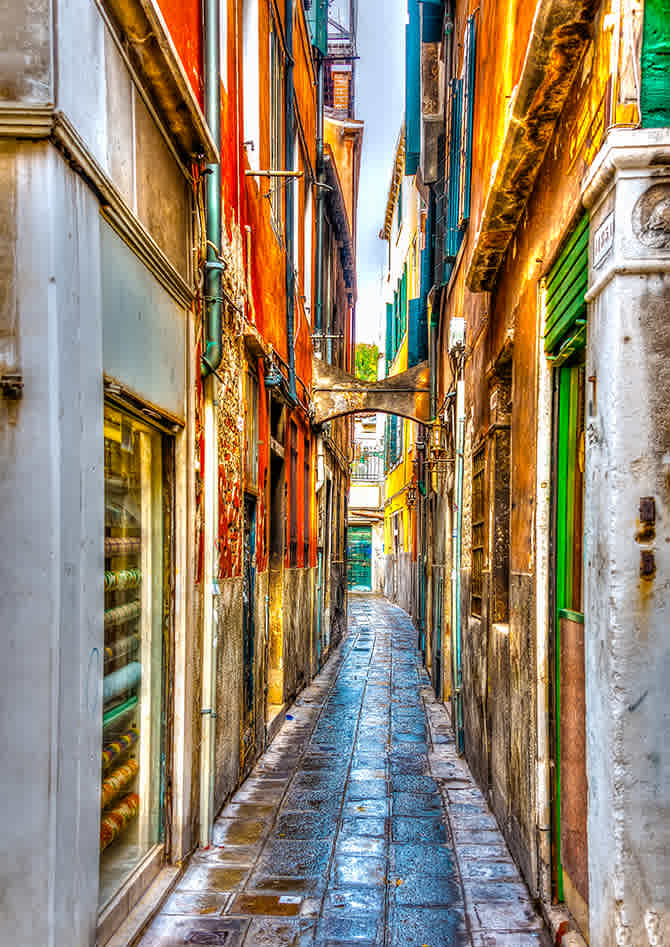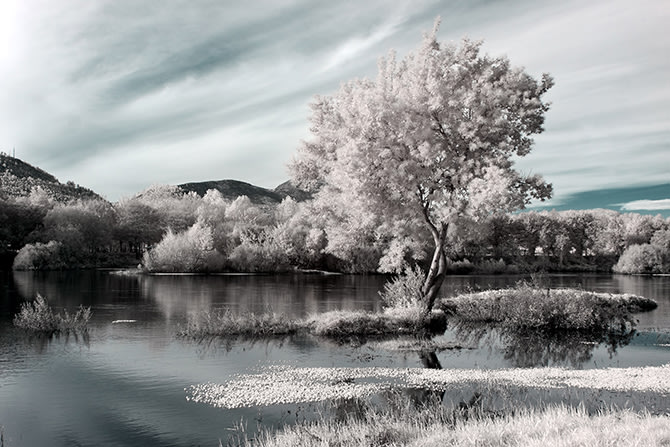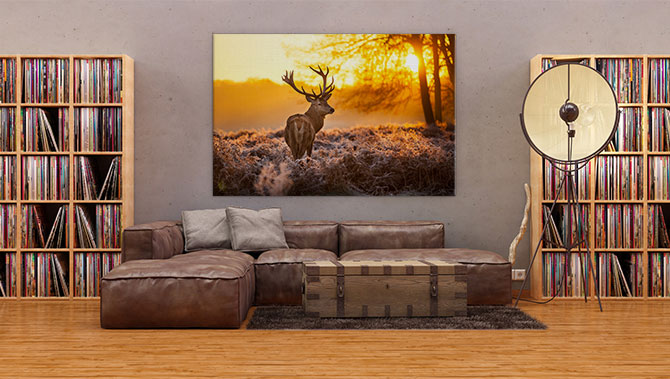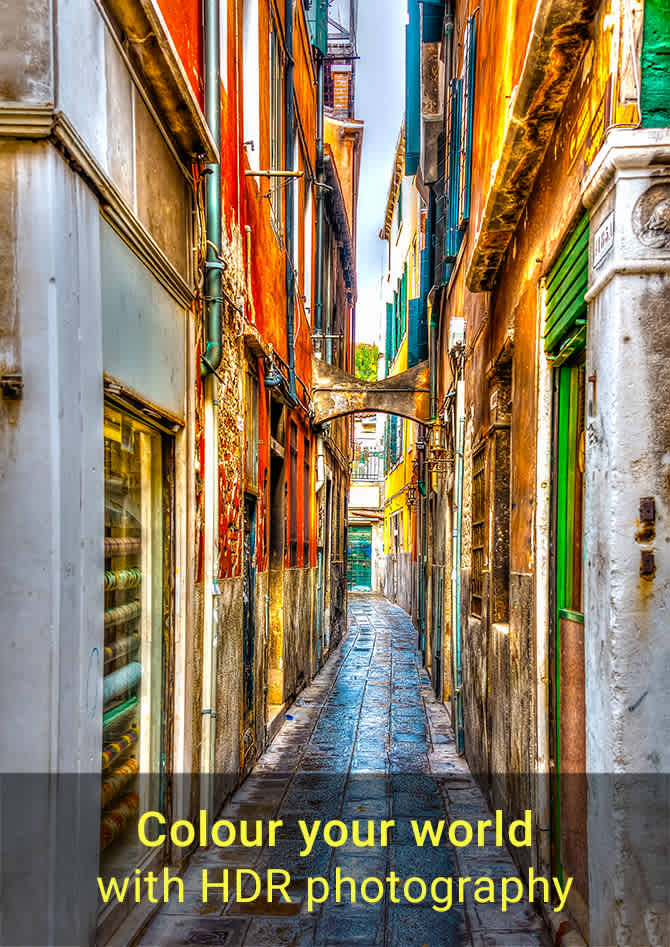
As the name suggests, high dynamic range, or HDR photography, increases the dynamic range and creates photos that are noticeably clearer. This technique demonstrates more contrast and offers more highlights and shadows than traditional photos show.
HDR is a form of photography that really enhances the light and dark parts of an image. The luminosity in the picture is heightened and is more prominent than other forms of digital and traditional photography. It aims to make images, particularly stills in nature and real world scenes, really “pop” and replicate what the human eye experiences.
It involves the compilation of various shots by combining underexposed, overexposed and normal images of the exact same scene. They are layered to create a really dynamic and vibrant piece of art without making them unrealistic.
Although considered a contemporary form of photography, it has actually existed in its earlier forms since the 1800s, through initial forms of dodging and burning. French photographer, Gustave Le Gray is reported to be one of its earliest initiators.
The stunning enhancements are so significant that you can see why HDR artwork make exceptional wall art.
HDR photography undoubtedly makes your photos look more realistic and pleasingly layered as well as displaying more tonal range which appeals to the human eye
If you love HDR images as much as we do, you might like to dabble in some beginner HDR photography. Here are some tips to get you started on your HDR photo journey.
Get the right exposure settings
If HDR photography is something you are keen to explore, you need to engage the right exposure settings.
Your camera will automatically default the exposure settings to even out over the image. Make sure you change your camera’s auto exposure bracketing (AEB) and aperture value mode.
Know what to photograph and what not to
Not everything looks terrific when HDR photography is employed. It looks best when photographing still environments and scenes, such as this sunrise over San Marco piazza. It’s not ideal for moving images, such as pets and people, as it will just create blurry, undefinable pictures.
Add drama and intensity
The defining feature of HDR photographs is the outstanding contrast that creates eye catching drama and intensity. It’s well recorded that humans have a natural penchant and desire for drama.
To really make the most of your HDR photography, choose a scene that will be easily enhanced, such as this farm scene canvas art. What is a simple wagon wheel leaning against a tree, tells a theatrical and imaginative story with the enhanced bold colour.
Start great and make it better
Part of the HDR photography technique is the post processing task using specially designed software. But it is unwise to rely solely on using the software to improve your photo. Make sure the photo you have taken is great in the first place and then add the benefits of the software; don’t rely on software to make a crappy image better.
Keep still and use a tripod
It sounds obvious but using a tripod will significantly improve the outcome of your HDR photos. It will keep the camera steady over a longer period of time, whilst the set of shots are being captured. The result will be clearer, more defined images that take full advantage of the sought after aesthetic that HDR photography creates.
Using a camera tripod ensures you get the best quality image you possibly can as any movement will be tricky to align when it comes to the post processing software stage.
Don’t oversaturate or over process
Avoid making the sky darker than the land/foreground. Shadows need to be defined and a different brightness to the other parts of the photo to keep the image as raw as possible whilst you are learning.
And use the contrasting techniques sparingly until you have mastered the art of HDR.
Create the right definition
HDR is specifically designed to enhance beautiful photos particularly when it comes to landscapes (especially where there is a noticeable contrast between the land and the sky or buildings and the sky, just like Surfers Paradise reflections). HDR photography perfectly captures the detail and colours of the sky without compromising the integrity of the land or features below it and vice versa.
Make the ordinary beautiful
One of the best things about stunning photography is its ability to make everyday items and scenes look incredibly beautiful. A simple tree, building or an alleyway can be captured and stand out as something exquisite and colour filled. HDR photography manages to really enhance the beauty and highlight details that you may not have noticed before.
Practice until it’s perfect
It’s been well documented that it takes ten thousand hours of practice to get really good at something. But what’s forgotten is the quality of practice, not just time spent. If you’re keen to go from amateur to professional HDR photography then it’s all about the conscious and deliberate practice. The more you do it, the better you’ll become at being able to spot what will make a great shot, like our popular winter river hues.
If you adore the look of HDR images but don’t want to invest the time in becoming a professional photographer, then browse our vast selection of art photography.

